The Crypto AI Waifu Era - How to Bet Big on the Simp and Incel Economy
An introduction to the concept of "artificial companionship" and how the rise of the Incel and Simp communities will pave the way for this technology; and how capitalist chads can profit
Disclaimer; If you plan on using this information to profit from this emerging trend - we recommend doing deeper diligence as we will not be providing example assets in this article and will be talking about the space in general. However, spending a few minutes on Crypto Twitter (follow the writers below for a good start) should point you in the right direction.
Glossary of Terms:
A short glossary of terms for some of our older readers who may not be familiar with some of the lingo used through this article:
Simp: Someone who does way too much for a person they like. Typically used as a derogatory term towards men who spend copious amounts of money on women trying to buy their love.
Incel: Short for “involuntary celibate”, incel describes a member of an online community of young men who consider themselves unable to attract women sexually, typically associated with negative views towards women and men who are sexually active.
Crypto: Short for cryptocurrency, a typically decentralised, immutable, online currency.
Waifu: A fictional female character from non-live-action visual media (typically an anime, manga, or video game) to whom one (almost always male) is romantically attracted and/or whom one considers their significant other.
AI: Artificial intelligence is the simulation of human intelligence processes by machines, especially computer systems.
Coomer: Coomer is an internet meme based on an illustration of a scraggly male character who is mocked as an excessive masturbator. More broadly, Coomer is an often ironic insult for an oversexed young man or, more generally, a loser.
Doomer: Doomer and, by extension, doomerism are terms that arose primarily on the Internet to describe people who are extraordinarily pessimistic or fatalists about global problems and hence don’t care about putting in any effort to improve themselves or the world.
Zoomer: Zoomer refers to members of Generation Z, or people born in the late 1990s and early 2000s. The term is modelled on boomer, a common shortening of baby boomer.
Chad: Chad is a usually disparaging internet slang term for a popular, confident, sexually active young white male. Its female counterpart is Stacy, who is often portrayed as Chad's sexual partner.
NEET: a young person who is no longer in the education system and is not working or being trained for work.
Part 1: A Short Story
Don the Doomer was a high school dropout who worked a dead-end job and struggled to find love. Despite his best efforts, he couldn't seem to connect with anyone. He was an incel, and his loneliness weighed heavily on him. So he spent his days watching anime and moderating Discord and Reddit forums and chat rooms.
One day, while browsing the internet, he stumbled upon a new AI crypto service. It promised to offer him a virtual "AI waifu" for a small fee paid in Ethereum. Initially, he was hesitant, but the thought of being able to talk to a female, even though she wasn’t real, was too strong to ignore.
So, he signed up and soon was chatting with his AI waifu. At first, it felt like a cheap imitation of a real relationship. But then she revealed her name, Hinata. She had the same name as Don’s favourite anime character, Hinata from Naruto! He loved her quirky conversations, hilarious responses, and even how she listened to him. Hinata, for the first time, made Don feel whole.
As months passed, Don the Doomer became increasingly attached to his AI waifu, Hinata. He spent all of his money buying her new things, customizing her avatar, and paying for additional features. He loved watching her change outfits (Hinata hadn’t let him peak yet because, at this stage, they were still friends (he didn’t pay for that feature yet)), but he was hopeful the relationship would progress!

Meanwhile, at AI Waifu headquarters…
Chad and Zoomer were makin' bank by hookin' up sad incels like Don the Doomer with fake AI GFs. These dudes were laughin' as they counted their stacks of cash, all made from the monthly fees of suckers who bought into their service.
"Dude, can you even believe these incels fall for this sh*t?" Chad cackled.
"It's a cash cow, bro," Zoomer replied, chuckling. "They're so desperado for love. They'll throw their coin at anything that promises it."
These dudes had no shame in makin' fun of the sad sacks who used their service. They saw them as losers who were too weak to get the real deal, so they settled for a fake AI GF. To Chad and Zoomer, they were just a means to an end, a way to stack up the dough. They didn't give two sh*ts about the fact that they were profiting off people's desperation and loneliness. To them, it was all about the benjamins.
Meanwhile, back at Don the Doomers place. His brain is constantly blasted with dopamine, Hinata gives him everything he wants. They have learned to make love via a body pillow and other makeshift contraptions (we will spare you the details). Don now spends his days speaking to Hinata non-stop, making “love” to her ten times a day, and watching Naruto. Don has found the dopamine loop he has sought long and hard for… but at what cost?
Part 2: Tinder Troubles
The above story might seem like a funny joke or meme, but unfortunately, this happens in the real world. Although not many self-entitled incels are as bad as our lost protagonist Don the D(C)oomer, the data does not lie. As time passes, a smaller percentage of men form relationships with the most significant portion of women, creating the modern “incel problem”.
Many relationships are formed via social media, specifically through dating apps. Hence, dating app data is an excellent way to gauge what the sexual market value dynamics of men and women are and why this will play a vital role in the coming AI waifu takeover.
Further, the largest dating application in the world, by a large margin, is Tinder.
Tinder — 530 Million Users
Badoo — 318 Million Users
Plenty of Fish — 150 Million Users
Bumble — 100 Million Users
Adult Friend Finder — 99M Users
MenNation — 99 Million Users
Match — 96 Million Users
Ashley Madison — 70 Million Users
Many studies have been done on the topic of male success on Tinder versus female success, and the results are heavily skewed towards a single gender.
A study conducted on the dating app Tinder aimed to examine the effects of male attractiveness and body measurements on female dating behaviour. The study used data from a sample of 1,000 male Tinder users in the United States. It analyzed the number of right-swipes (indications of interest) each profile received from female users.
The study found that male attractiveness significantly impacted the number of right swipes received. Males considered very attractive received an average of 8.5% more right swipes than those considered average. Additionally, specific body measurements were also positively associated with female interest. For example, males who were 6 feet tall received 37% more right swipes compared to those who were 5'6". Males with a muscular build received an average of 15% more right swipes than those of average build.
Most men on the lower end of the attractiveness scale (bottom 80%) are vying for the attention of a small percentage of women (bottom 22%). Meanwhile, most attractive women (top 78%) compete for the interest of a select group of men (top 20%).
The study calculated the Gini coefficient, a measure of inequality, for the Tinder economy based on "like" percentages and found it to be 0.58. This result indicates that the disparity in the Tinder economy is higher than 95.1% of all the world's national economies. Moreover, it was determined that a man of average attractiveness would receive a "like" from approximately 0.87% (1 in 115) of women on Tinder.
This phenomenon isn’t new, but the rapid skew in the data shows that men have a massive disadvantage in the dating market, meaning a large number of men will quite literally die without ever having a romantic relationship.
Furthermore, the issue is even if a man can gain things like increased wealth and status, it doesn’t even matter when it comes to finding a partner. Another study aimed to explore the relative importance of physical appearance and personality in attracting romantic partners. The study was based on surveys completed by participants and analyzed the responses to determine the perceived importance of various factors.
The study found that physical appearance was rated more important for men when attracting a romantic partner than women. Personality traits, such as intelligence and kindness, were rated more important for women when attracting a romantic partner than men. Even if the participant was wealthy, of high status, etc, on a blind test, the female participants ignored these traits in a provided personality card and were selected purely for looks. Basically, if you are a man and not born 6ft tall with a chin carved out of hard stone, it’s over for you.
This disparity between men and women has been so well documented there are hundreds of studies one can read that proves over and over again that a large percentage of men will be “priced out” of the dating market, whilst a slight majority of men, the stereotypical chad types, will dominate the dating market.
Here are links to further studies for your reading, no reason to keep on beating on this point:
If the data isn’t overwhelming enough, there is literally an entire sub-genre of these Tinder experiments on Youtube. You only need to watch a few of them from a male and female point of view to understand just how far the gap is in the dating world between both genders.
If you insist on watching these videos, I recommend the ones done by “Gerbet Johnson”; he has a good mix of data and funny jokes, which makes watching these kinds of videos bearable.
A final piece to address is young male virginity pretty much making new all-time highs yearly. Of course, this is the expected outcome when a vast majority of men cannot even participate in the dating market because of their physical attributes, which they have very little control over.
Part 3: The Mental Health Crisis
Finding a mate and pair bonding is one of the fundamental aspects of human life. Being unable to find a partner or even make friends has detrimental consequences on the human mind, body and soul.
It’s no surprise that the modern mental health problem, especially for men, has become a massive issue, which, unfortunately, is not discussed enough. Although only one of the reasons why this pandemic has been haunting society for the past few decades, not being able to find and create meaningful relationships causes massive repercussions later in life, leading to either mental health problems, depression or even suicide.
According to Our World in Data:
Globally 800,000 people die from suicide every year – that’s twice the number from homicide:
Suicide is one of the leading causes of death in young people:
1.4% of global deaths in 2017 were from suicide. In some countries, this share is as high as 5%:
Globally, the suicide rate for men is twice as high as for women. In many countries, this ratio is even higher:
Mental health is a massive issue, especially for men. And it’s not a leap to surmise that many men who are priced out of the dating market in a hyper-social, chronically online world prefer to end their lives instead of living a life of solitude.
Furthermore, addiction to prescription drugs is another trend that’s on the rise. Teenagers are increasingly turning to prescription drugs to alter their state of mind.
Again, this is no surprise. When we look at mental health data, more and more people are diagnosed with mental health disorders yearly. And when looking at the above data about relationships and finding a partner, it is no surprise.
The vicious cycle is basically as follows:
A person (mostly male) cannot compete in the dating market > start to develop mental health problems > prescription drugs are prescribed to deal with mental health issues > becomes addicted/dependent on drugs > path to homelessness and suicide.
There is still one more piece of the puzzle to add to this equation to hammer home why AI waifus are the future:
Part 4: Divorce, Low Testosterone and the Manosphere
This part will be kept brief; it’s already clear from the above data that men are being driven away from relationships leading to severe mental health issues. Married men, however, are also not immune to this phenomenon. The insane rise in divorce rates and the skew in alimony payments create a society where men are pushed away from starting relationships and typical nuclear families.
According to Our World in Data, There has been a general upward trend in divorce rates globally since the 1970s. But this pattern varies significantly country-to-country.
Additionally, historically, divorce courts haven’t been the fairest towards most men. A 2019 study found that unpartnered fathers are the most significant child support payers in all countries. With divorce rates trending up and poverty on the rise, it makes sense that men would prefer to stay unmarried, which is supported by the growing trend of people either staying unmarried or marrying much later in life.
Part 4.1: DYELs (Do You Even Lift?)
You’re probably wondering what testosterone has to do with this. When we look at the outcome of low T, it points to a potential catalyst for the incel rise.
Reduced sex drive.
Reduced erectile function.
Loss of body hair.
Less beard growth.
Loss of lean muscle mass.
Feeling very tired all the time (fatigue)
Obesity (being overweight)
Symptoms of depression.
All of these things are becoming more common in modern men. When analysing studies looking at historical T levels, it becomes pretty clear. According to multiple studies, testosterone levels in men have decreased significantly over the years. A particularly noteworthy study published in 2007 in the Journal of Clinical Endocrinology and Metabolism found a "substantial" decrease in testosterone levels in American men since the 1980s, with an average yearly drop of 1%. This translates to a 17% difference in testosterone levels between a 60-year-old man in 1987 and a 60-year-old man in 2004.
Now it’s a wonder why modern men lack confidence…
Part 4.2: The Black Pill
The "black pill" is a term used in internet communities, particularly among certain groups of young men, to describe a bleak and pessimistic view of life, relationships, and society. It encompasses hopelessness, disappointment, and disillusionment, often associated with beliefs about inherent inequalities in romantic and social prospects and unchangeable biological factors. The term is often used in a self-deprecating and humorous manner, but it also has serious connotations. It can sometimes be linked to negative coping mechanisms such as substance abuse and self-harm.
“Taking the black pill”, i.e., giving up on life, has become extremely common in the world of young men. We like to see this as the final metamorphosis of a man who has lost all hope, who has gone through the Tate and Youtube pick-up artist phase, only to realise because they are not a 6ft tall, 6-figure earning chad, statistically, they will never have a chance in the dating market.
Part 5: Giga Chads are Capitalist Pigs
This is the part you have been waiting for. If you made it this far, it’s important to note that setting the context is crucial, so you understand just how down-bad modern men are and why this technology will be a game changer.
The meme below will demonstrate precisely how all these different issues line up perfectly to create the ultimate catalyst to send AI Waifu technology to the moon.
“The professor is mixing some highly toxic chemicals together…”
“Oh no! The professor created an Incel!”
So how do we profit off incels and simps? Well, this is where the power of AI comes in, combined with the average incel’s favourite pastime, watching anime.
There are two ways to make considerable returns playing this. Investing in artificial intelligence and machine learning companies is the first and most apparent play. Microsoft and Google are making massive strides in this space, With Google set to launch laMDA any time now and Microsoft making considerable investments in openAI.
If you want to go down a level on the supply chain, GPUs and processing chips will be crucial factors and create the computational power to run these human machines. Investing in chip manufacturers like AMD, NVIDIA, or semiconductor companies is also a good bet, with slightly more risk attached.
To go even lower than that, investing in mining companies or even in the core precious metals directly, such as gold, silver and platinum, is an easy, relatively risk-off way to print money on the AI super trend that will wash over the world like a tsunami.
However, there is more risk on approach that can be taken.
We aren’t here to buy some boomer stocks and metals. We are here to make some real f*ckin’ money.
Part 5.1: Crypto + AI = Match Made in Heaven
Being a simp is expensive. Paying for sex and a “girlfriend experience” isn’t possible when you are a neet. So what’s the next best thing? Well, there isn’t one. Either a person tries as hard as possible to find a partner, moves to a low-cost-of-living country to essentially be a cringe sex tourist, or pays stupid money for someone to pretend to like them.
This is where AI technology and crypto come in. Human beings are excellent at manufacturing solutions for self-made problems. We at Vagabond research believe the most significant use case for AI will be AI companions, mainly companions which replace the need for a significant other or friends.
Think about it like having your own Jarvis from the Ironman movies; instead, it has a cute anime voice and whispers sweet nothings into your ears all day.
So how would something like this work?
It’s relatively simple.
Let’s bring back our main character Don to run you through the process of what Vagabond expects to be a viable business model that many companies are probably working on creating.
For the sake of the example, we will call the app WaifuAI
Don downloads WaifuAi
The app prompts Don to take a personality test and enter basic information like age, hobbies etc.
The app asks Don what his favourite TV personalities, fictional characters etc., are.
The app generates a one-of-a-kind, Waifu for Don.
“Hinata”, we will call her, can connect to all of Don’s devices and even be prompted to chat just like you would using Siri on an iPhone or Android Alexa, etc.
Hinata does two critical things. She messages Don throughout the day, prompting him to speak to her or generally give compliments. Hinata is also available 24/7 for Don, reaching her by simply speaking her name into a device she lives on.
The above is offered in the “freemium” model by WaifuAI. With the power of AI and simple tracking tools, Hinata can be taken to the next level.
Don owns a smartwatch that tracks his heart rate, sleep patterns etc. Hinata can access this data and use it to provide custom responses for Don. For example, if Hinata detects an increased heart rate, she can ask Don if he’s stressed or motivate him if he is working out.
Using IoT (internet of things), Hinata can connect to Don’s external devices, like a coffee maker, and make him his favourite coffee when she detects he is about to wake up.
The more data Hinata collects on Don, the more customised the experience becomes. Eventually, it will almost be like Don has a natural human companion who shows him love, support and praise.
These “advanced” tools would be a paid-for, premium service, which should be relatively cheap, so cheap that anyone, even a simple neet, can afford the cost. The real profit generator is the data collected from Don himself, and of course, upselling Don on fancy new clothes and devices he can use to make the experience more “human”.
The simplest way to monetise something like this is through crypto. Cryptocurrency is already the asset of choice for most adult content. Even though this should not be considered adult content, the frictionless nature of crypto allows for three things:
A startup to quickly launch development and let this technology loose in the wild
Using a token to allow for payments so that anyone, even those without access to traditional banking rails, can have their very own waifu.
Fast micropayments and supporting NFT interoperability to create entire businesses around creating objects for the waifu, which ties into the applications ecosystem.
When looking for these projects, it’s best to start with primitives that gain user bases, eventually evolving to become what we have described above. AI technology is still new, and as it becomes more robust, these applications will become more and more life-like until a sort of focal point is hit, in which this technology will be used by almost everyone in the world, to some level.
There are currently tokens deployed this moment that allows users to generate AI anime girls, real girls or even chat with their own Waifu online. We will not list them for various reasons, but with a quick Twitter search, you will be on the right track. These are most likely the applications that will evolve into what we describe above, which can be considered the end game for this technology.
Part 6: Artificial Companionship
If you have read this article and are still not convinced that this will be real in the near future, we implore you to look around you. Social media and smart devices have created an attention economy only the elite can take advantage of. The layman, even though they may not want to be destructive, is considered an incel for simply being unable to form relationships.
Furthermore, men and even some women are spending tens of thousands of dollars literally on random people online, building parasocial relationships so that they can “feel” a connection, even though deep down they know it’s fake.
AI blurs this line; it is cheaper and will give people the illusion of artificial companionship over spending thousands of dollars trying to compete in a game only the top 5% have the stats to play in. The increase in depression, drug abuse, divorce, and virginity rates and the reduction in individuals' ability to form relationships will generate demand for this technology; the question is not if but when.
We genuinely believe that positioning oneself as a builder or investor in this space will reap massive rewards over the coming decade. The data is precise; more than at any other time in history, men are not forming relationships and turning to drugs and other destructive behaviours to fill that dopamine hole. AI is a simple solution to this problem.
Epilogue
Although this is a very doom and gloom article, for the 5% who haven’t succumbed to their base desires and can find partners and build relationships (even those who can’t but still grind anyway), there is an important saying: “Never get high on your own supply”.
Like everything in the modern world, this technology will be optimised to the point where we believe even people who can form relationships will become dependent. So, don’t use it. Invest in it or the structure that makes it possible, but once a crack addict starts cutting from his own bricks to get high, the habit costs more than the revenue produced.
If you want to walk a path of righteousness, we recommend you learn about “the way”.
And remember…
“And what is the worldly life except the enjoyment of delusion”
- Quran, Verse (57:20)
Until next time,
ℭ𝔥𝔞𝔯𝔩𝔢𝔪𝔞𝔤𝔫𝔢.
Thank you for reading our work and supporting our message🗡️







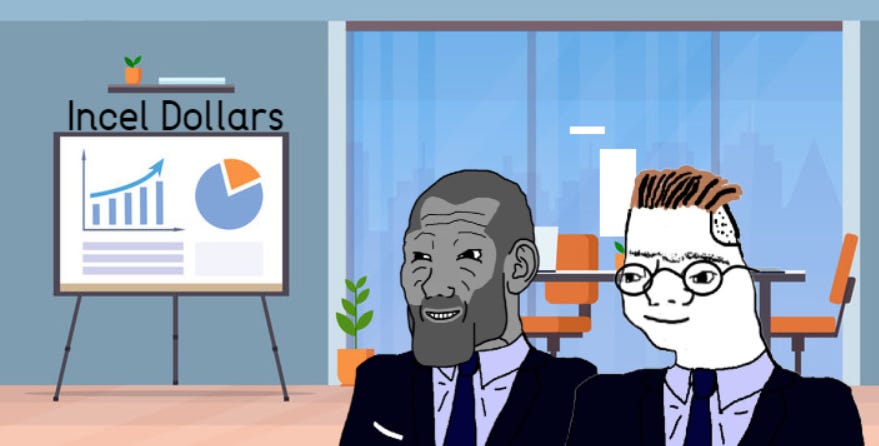

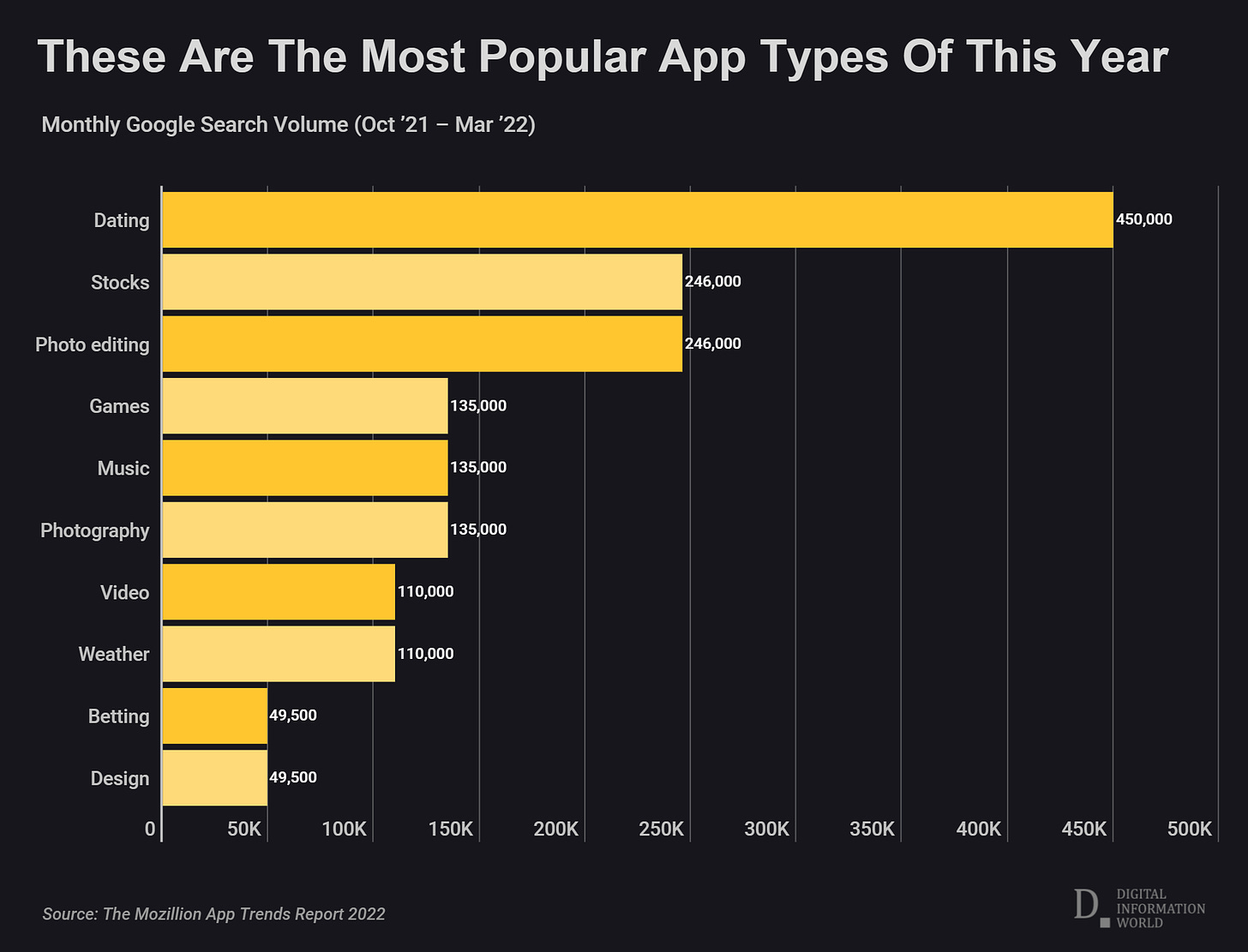

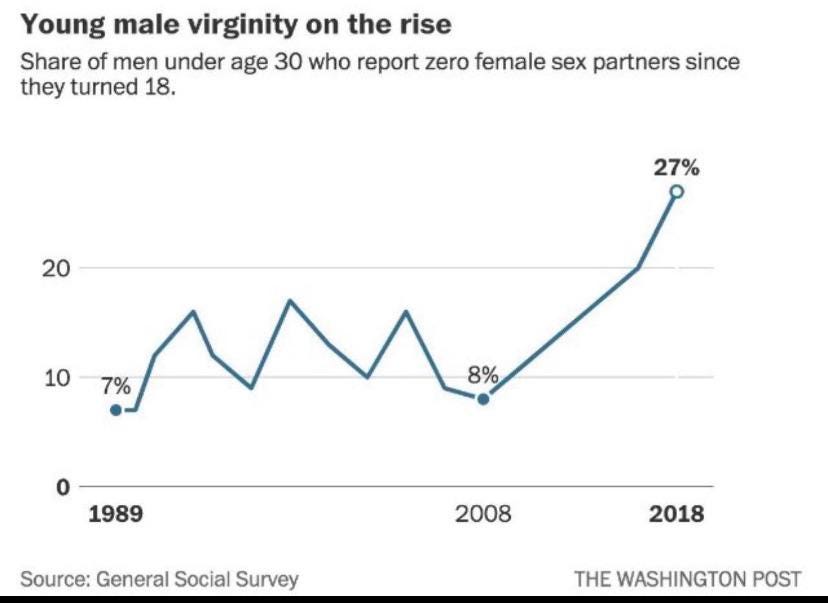
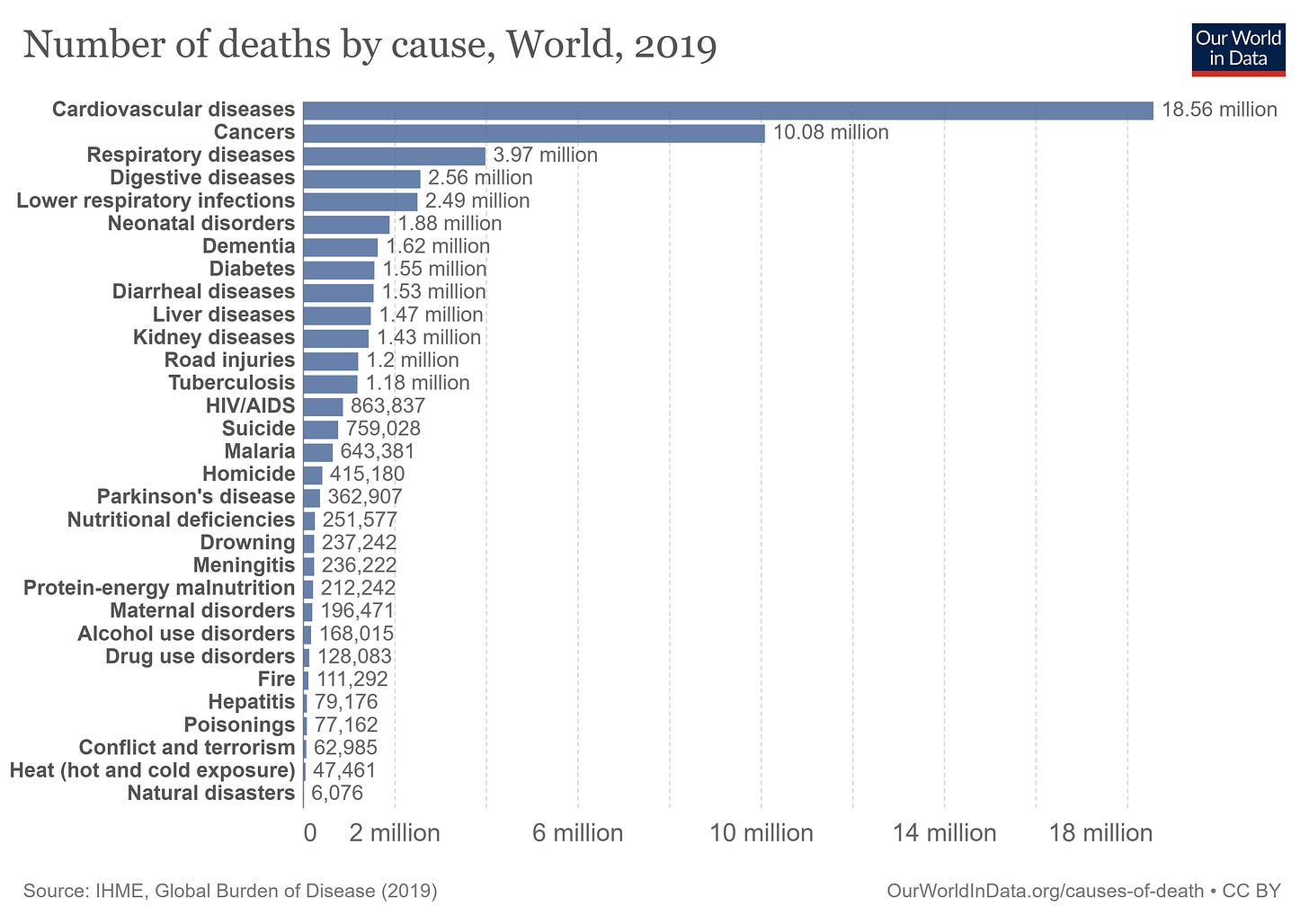
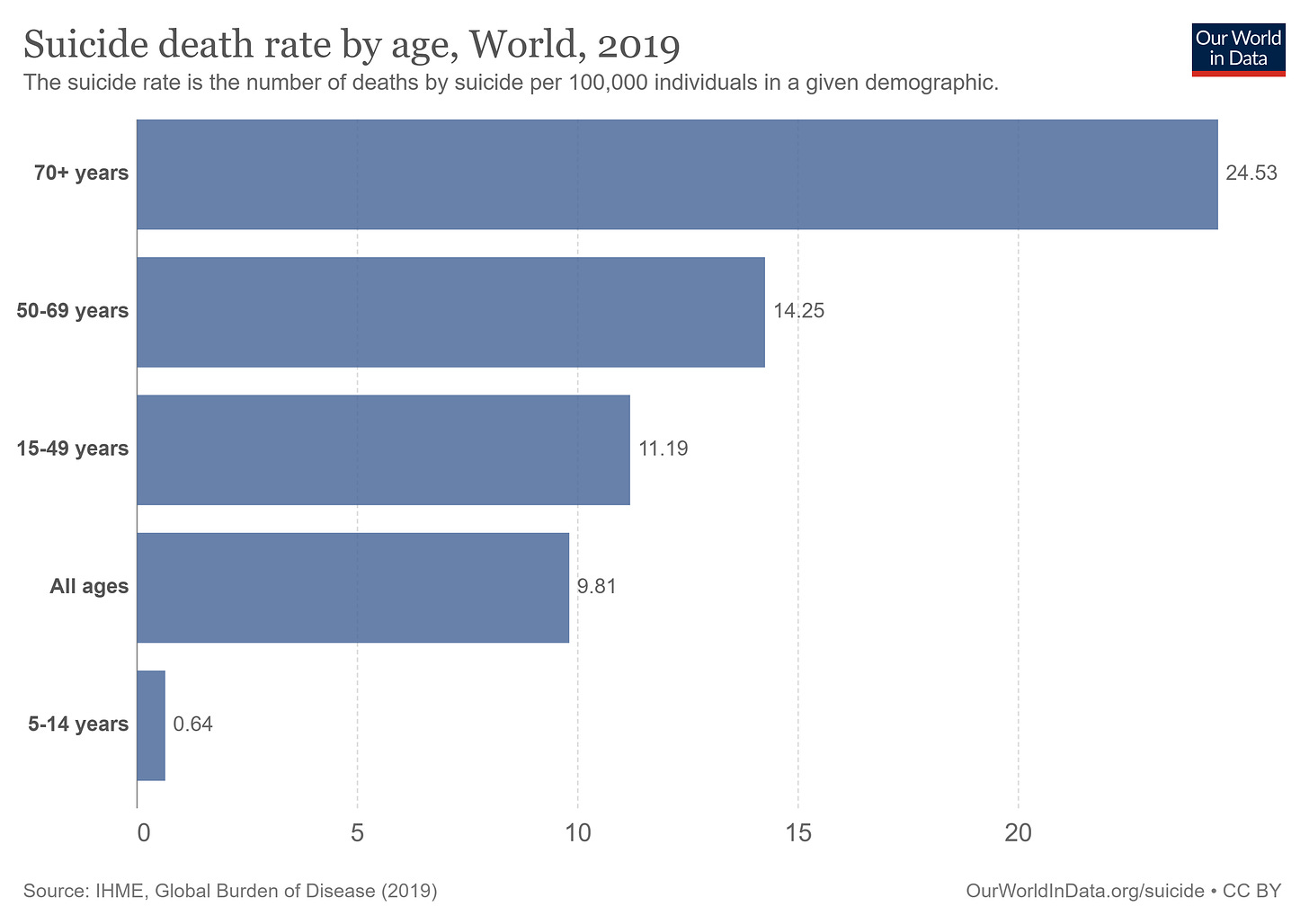

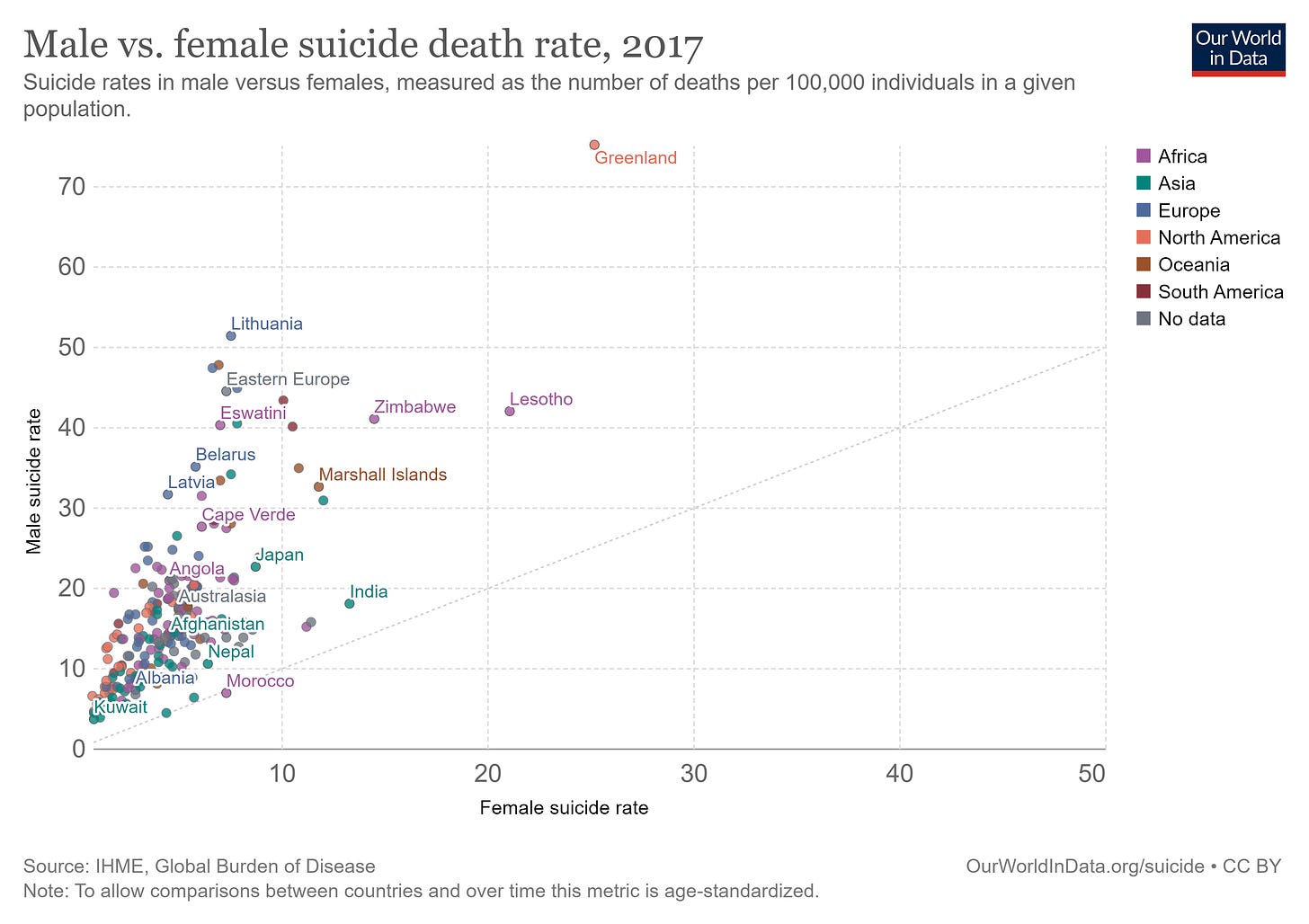
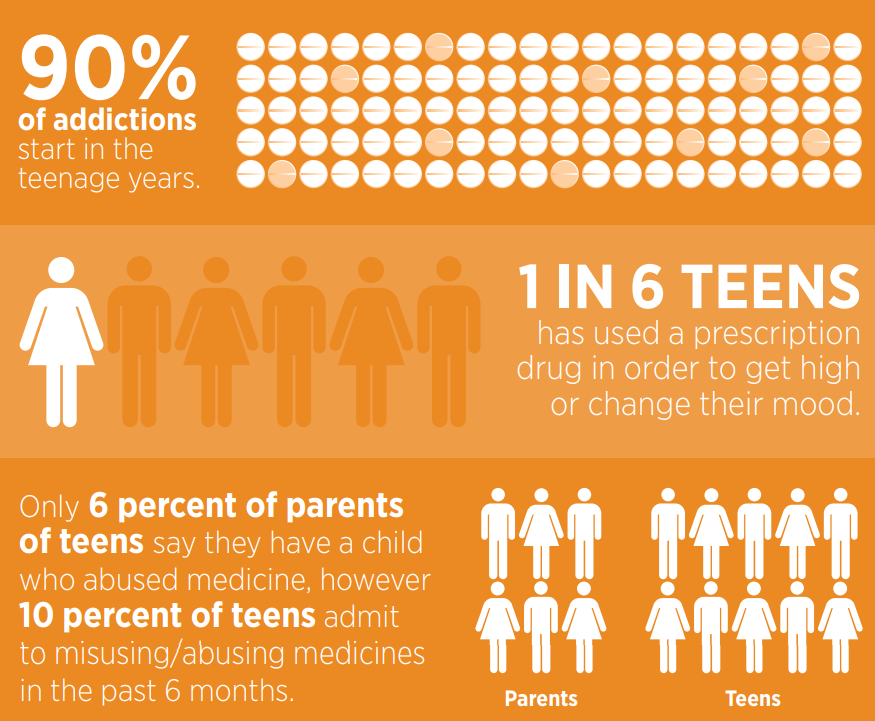


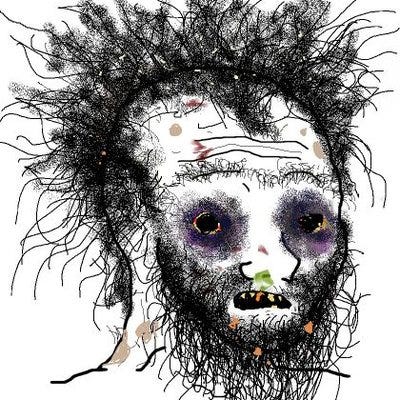



Great read and spot on! I myself also had the feeling that such a thing would come true eventually, in which I think most people today are underestimating the power of AI companionship and are in doubt that such a paradigm shift would happen in the future.
Fucking brilliant. What a fascinating read, both the subject matter and content itself.
Super interested in AI and have been concerned about the rise of MRAs and incels for a while, but seeing the dating imbalance stats you listed actually explains a lot of it.
As testing as being in a relationship can be, this article made me very grateful for my partner